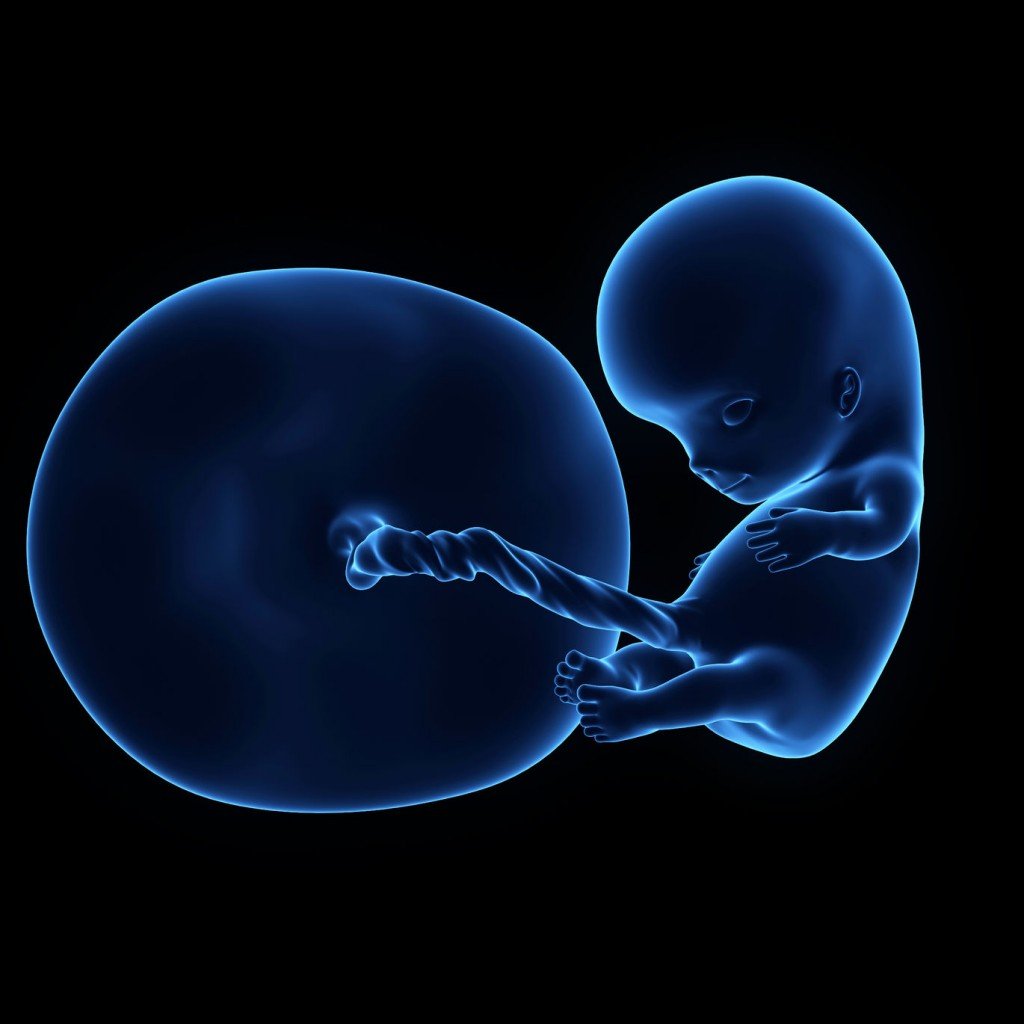Mitch Kennedy, ND
An innovative study of prenatal exposure to pollution and later development of brain cancer in children exposes previously unsubstantiated risk to living near polluting factories.
The study was based on the U.S. Environmental Protection Agency’s (US EPA) Toxics Release Inventory (TIR) reporting data. The government requires manufacturing companies that use 25,000 pounds or more of any one of the 650 toxic chemicals listed in the TRI to report any pollution from these chemicals, such as releases to the air or water. The US EPA classifies 193 of these chemicals as known or suspected carcinogens. Fifty-five known, probable, or possible carcinogens were actually released within 2 miles of the study participants.
Researchers selected 382 children diagnosed with brain cancer before the age of 10 and an equal number of controls. Mothers of children with brain cancer were 50% more likely to have lived within 1 mile of a factory releasing TRI chemicals. Risk increased by 75% for living up to 2 miles from a facility.
Prenatal exposure to chemicals can have profound long-term effects, as some toxic chemicals that are stopped by the blood-brain barrier in adults may reach the fetus via the placenta. This work is the first to specifically examine brain cancer risk in children and potential exposure to TRI releases.
The TRI data are self-reported by industries and usually rounded down, or underreported, therefore representing an underestimate of risk. The cumulative and additive effects of these chemicals are currently unknown. Only recently have some toxicity studies looked at the effects of multiple chemical mixtures on single organs. This represents another limitation of the study and likely further underestimates the risk. Other potential factors, such as mothers’ exposure in the workplace during pregnancy, children’s postnatal exposure, and exposure through contaminated drinking water, were not taken into account and may reduce or increase the risk.
SOURCE: Choi et al: Potential residential exposure to toxics release inventory chemicals during pregnancy and childhood brain cancer, Environ Health Perspect 114:1113-8, 2006.
 Mitch Kennedy, ND, has a family practice in Avon, Connecticut, and is the first ND with clinical privileges at the University of Connecticut, a teaching hospital. Before graduating from Southwest College, Dr. Kennedy earned an international reputation as a leader in pollution prevention, showing industries around the world how preventing pollution saves money.
Mitch Kennedy, ND, has a family practice in Avon, Connecticut, and is the first ND with clinical privileges at the University of Connecticut, a teaching hospital. Before graduating from Southwest College, Dr. Kennedy earned an international reputation as a leader in pollution prevention, showing industries around the world how preventing pollution saves money.





